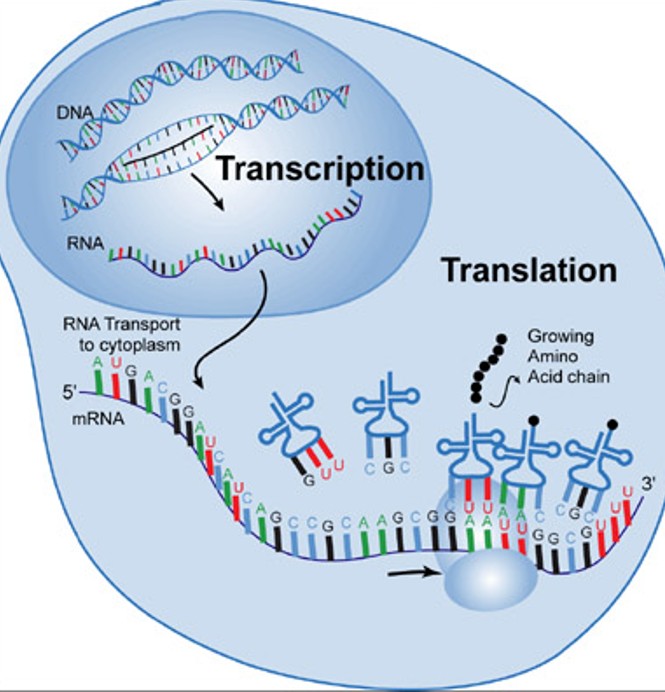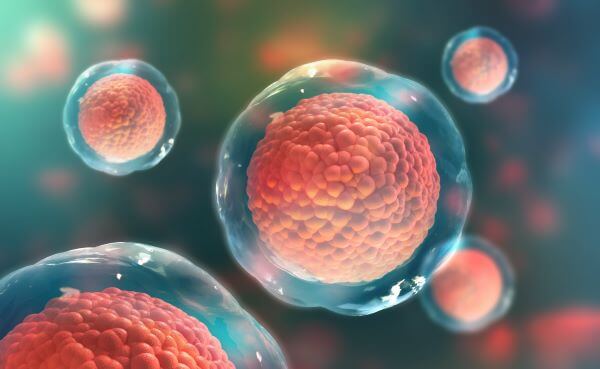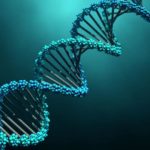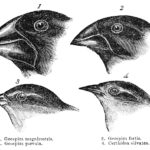Transcription is the process of converting DNA into RNA. In transcription, an enzyme called RNA polymerase reads the DNA and creates a complementary RNA strand. This RNA strand is then used as a template for protein synthesis.
Translation is the process of converting RNA into proteins. In translation, ribosomes read the RNA and create proteins based on the sequence of codons. This process is called translation.
Translation is a very important step in protein synthesis because it allows cells to create proteins that are needed for their function. without translation, cells would not be able to create proteins and would eventually die.
Proteins are like little robots. They are functioning machines inside the cell that are created and programmed following the instructions stored in the DNA. These protein machines then do the work in the cell, such as building and repairing the cell.
Let’s start by talking about transcription. Transcription begins when RNA polymerase binds to the DNA. RNA polymerase is an enzyme that catalyzes the formation of RNA from DNA.
Once RNA polymerase is bound to the DNA, it begins to unwind the double helix. This exposes the nucleotides that are going to be used in transcription.
RNA polymerase then reads the DNA and creates a complementary RNA strand. This RNA strand is then used as a template for protein synthesis.
The process of translation begins when the ribosome binds to the RNA. The ribosome is a complex structure made up of proteins and RNA.
The ribosome reads the RNA and creates proteins based on the sequence of codons. A condon is a sequence of three nucleotides. Each amino acid is matched to a specific codon and then connected to the end of the growing protein. Once all of the amino acids are in place, the protein is then complete.
Through these two processes, (transcription and translation) the information stored on the DNA can be accessed to build these little protein machines, and the work of life can continue on.






